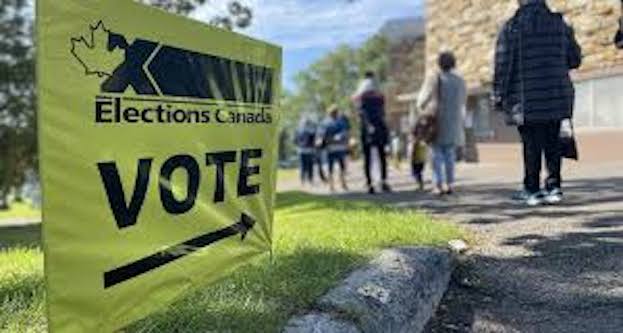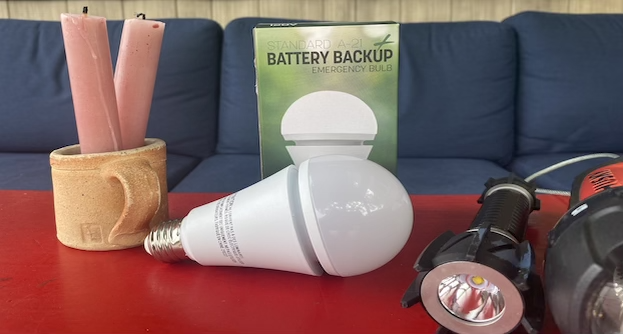Many non-profits, I know, occasionally rely on votes by their boards solicited by email. Is this a good idea? When ought it be used? Is it even legal? Curious about the practice I thought I would investigate.
Boards & Executive Directors
Governance Selection 2
There are two well-known family-run chocolate companies in Atlantic Canada. One is Ganongs in St. Stephen, New Brunswick, established in 1873. It served as the metaphor for my first “governance selection” piece published here in July 2020. The other, Peace by Chocolate, in Antigonish, Nova Scotia, was established by a Syrian refugee family in 2016. Here, it introduces a few more bite-sized tips.
The first confection I have chosen to focus on here is board minutes. Hardly a sweet of interest to most. I have fielded a lot of questions on this topic and much to my surprise new ones, new to me anyway, still appear. I have divided my responses here into four pieces. One is about minutes being signed, another with the phenomena of “draft” minutes, a third on the question of when minutes should be approved, and lastly, how long should board minutes be kept? Most readers will know the answer to this one.
The second item in the box looks at matter a board’s own document files. Is it easy for you to find past meeting minutes, lists of recruitment prospects, or signed confidentiality forms? My guess is that few non-profits have a well-considered organizational scheme. There is probably not a best one, but perhaps my suggestions can spark a conversation.
The Lure of Operational Involvement
Five Governance Hacks
At most hardware stores you can now buy a light bulb that works when there is a power outage. They typically provide a few hours of emergency light around your home. Someone came up with the idea of putting a small battery in the base of the bulb that stays charged when in normal use … Read more
Committees Checked Out
For many people, boards and committees go hand-in-hand in the structure of a non-profit organization. Committees though, are one of the elements where assumptions often rule on what ones to have, not always to good effect.
What I will try to do is to sketch out what board committees non-profits ought to put in place, ones to be careful setting up, and what steps, like written terms of reference, can help to make them effective. Perhaps I can take the guesswork out of the picture.
Board Chairs & Executive Directors
A board chair and the executive director (CEO) can be a great combination. It is a pairing that we tend not to think much about when wondering how to improve a non-profit’s governance practices.
In shaping how the board chair and executive director (ED) can work effectively together the focus first should be on the frequency and kind of communication they have outside of board meetings. But there is more to consider. This post sketches out what the working relationship between the chair and the ED could look like. This pairing isn’t about creating a new “reporting relationship” or a committee.
Fathoming Policies
In this photo two Halifax harbour ferries are passing each in the low-lying fog. The light on Georges Island is visible in the background. The ferries here look even more mysterious than in the image of them I used for my October 2020 piece on this subject, De-Cloaking Policies
This post is also about making sense of governing policies. In my earlier foray into the topic I provided an outline of some foundational polices. Here, I turn to look at a few other good practices non-profits can adopt, and therefore, describe in policy.
Executive Director Reports
One of the most enduring features of non-profit board meetings is the executive director’s or CEO’s report. There are few resources that offer good practice recommendations. Aside from the consideration of level of detail, few boards and EDs together give much consideration to what subject matter should be included.
So, I have some of my own suggestions, informed by my board experience and from two other sources, about the content of such reports. Despite the model that I suggest here, nothing beats a board-ED discussion of key content areas and even a little experimentation with actual board reports.
De-cloaking Policies
Sometimes one of the Halifax ferries can look a little mysterious emerging out of the early morning mist. What are these craft? Do not be concerned. They are quite fathomable once one sees them up close. Getting onboard adds to one’s appreciation of their distinctive design and useful function.
The term policy board or policy-making board is often used in the non-profit sector. While the concept is understood, the specifics are foggy to many. What is an organizational policy in a governance context? What key policies ought a non-profit have? Who creates and implements them? What might a policy really look like close up?
Governance Selection
When it comes to candy my favourite choice is a box of Ganong’s Delecto Dark Chocolates. I am quite loyal to this brand. They are Canada’s oldest candy company. Employing nearly 400 people, the family-run firm is the mainstay of the economy of St. Stephen, a small town on the Maine- New Brunswick border. It is just down the road from where I grew up.
A box of mixed chocolates can offer a variety of choices for those with a sweet tooth. Often you are not exactly sure what each candy offers even though you read the description before choosing. My Governance Selection, great articles by other governance nerds like me, tries to offers a similar experience.










